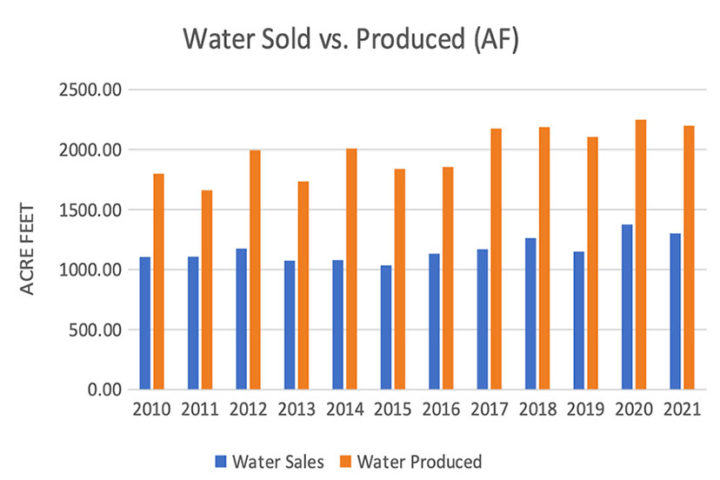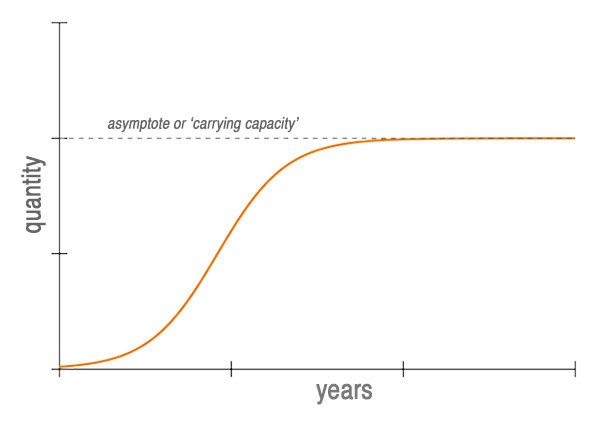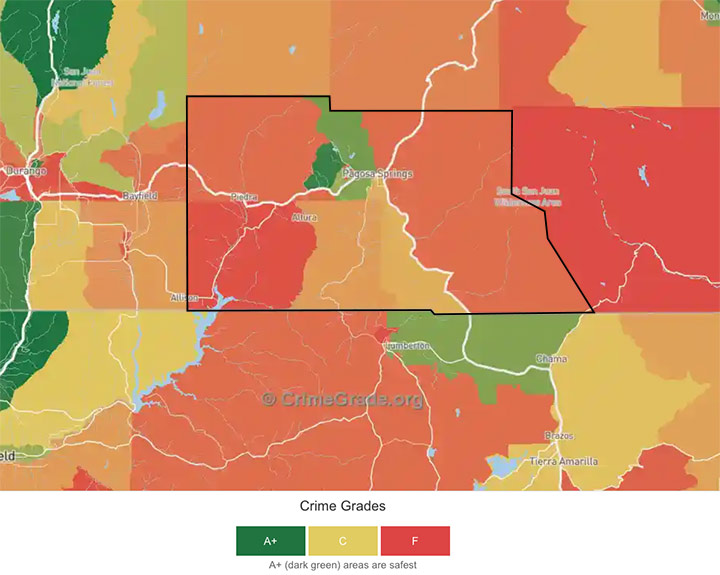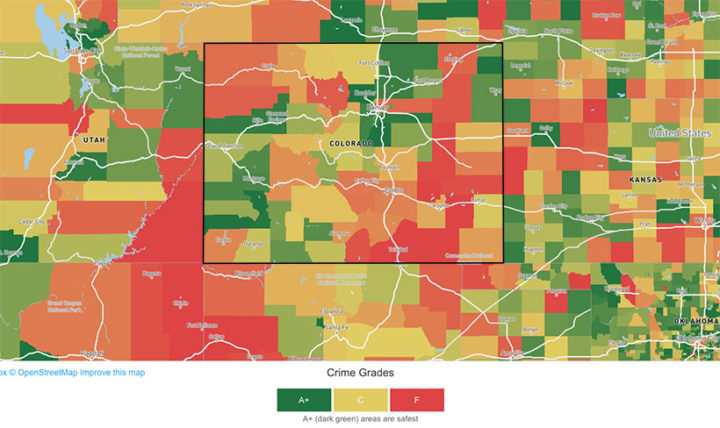Excitement in Archuleta County continues at fever heat. Today another citizen’s house was set on fire, and the postmaster at Pagosa Springs was given notice to leave town. The state legislature today appointed a committee to investigate the affairs of that county, Democrats mostly voting against appointing the committee, claiming the whole trouble was a scheme of the Republicans to unseat Democrat officials in that county.
— February 4, 1887, The Daily Gazette, Colorado Springs
We’ll be discussing crime in Archuleta County, in a moment. But first, we’ll touch on another important topic: ‘water demand’.
We were shown a number of colorful charts on Tuesday evening at the Ross Aragon Community Center… ‘we’ being the 30 people who showed up to participate in a “water supply and demand” workshop sponsored by the San Juan Water Conservancy District (SJWCD) and hosted by Carbondale-based Project Resource Studio.
The graphs and charts — shared by consultant Erin Wilson — related, generally, to the idea that the population of Pagosa Springs is going to grow, far into the future, and at some point we might find ourselves faced with ‘water shortages’ of this or that type.
Maybe a shortage of water for agricultural irrigation? Or a shortage of water for household or business use? Or a shortage of water for floating in inner tubes down the San Juan River?
We could conceivably experience a shortage of all these ‘demands’.
Can we plan for shortages that may or may not happen years in the future? Because, right at the moment, we have plenty of water.
In fact, we have so much water in the San Juan River, right at the moment, that the view from the Overlook downtown, taken at noon on a sunny day, revealed only a few hardy adults — wearing life jackets — willing to float the river. On a more typical mid-August day, this spot would be fairly teeming with happy children in inner tubes or clutching various flotation devices.
We could blame this situation on an excess of water. Or on a shortage of tourists?
During the ‘water supply and demand’ workshop, we broke up into two groups. My group discussed ‘demand’ while the group on the opposite side of the room discussed ‘supply’. These two ideas are intimately connected, because if no one was demanding water, then there would be no supply problem.
But people in Archuleta County do indeed need (or want) water. According to the US Geological Survey, agricultural irrigation in our county diverted about 47,000 AF (acre-feet) in 2015, mostly to grow grass.
By comparison, our primary water district, Pagosa Area Water and Sanitation District (PAWSD), treated about 2,200 AF for municipal uses… lost a significant portion through leaky pipelines… and sold about 1,300 AF to customers. The graph below shows the water treated (orange bars) and the water that actually reached PAWSD customers (blue bars) over the past decade.
PAWSD has spent the past seven years aggressively addressing its ‘leak’ problem, but this chart might make us wonder if they’re fighting a losing battle.
It would appear that, if PAWSD could actually fix all its leaks, they would have enough extra treated water supply for 50% more homes and businesses — without doing anything else to address demand growth. If that’s true, it suggests that the Archuleta County population could grow by 2% per year for the next 20 years, and PAWSD would still have plenty of water for municipal uses. (Assuming the climate doesn’t change drastically.)
I mention the number, 2%, because that’s the percentage PAWSD uses as their estimated growth rate for projecting future growth. Actual population growth in Archuleta County, over the past 10 years, has been closer to 1.1%, and growth of the actual amount of water sold by PAWSD has been closer to 1.5% over those same 10 years.
But PAWSD is still selling less treated water than they did in 2001, due at least partly to one of the most aggressive water-conservation-oriented rate schedules in Colorado.
Disclosure: I currently serve on the Pagosa Area Water and Sanitation District (PAWSD) board of directors, but this editorial reflects only my own personal opinions, and not necessarily those the PAWSD board as a whole.
During the breakout session at Tuesday’s workshop, one of the participants posed a question to the ‘demand’ group:
“Does anyone think Pagosa Springs is NOT going to grow?”
Thinking back on the S-shaped ‘logistic growth curves’ that I’ve been including in this editorial series…
… I couldn’t help but offer a somewhat audacious answer: “I don’t think Pagosa Springs is going to grow.”
There comes a point, in almost any natural growth cycle, when the organism or system reaches its own ‘carrying capacity’… and growth comes to an end.
Are we there yet?
Of course, when she asked, “Does anyone think Pagosa Springs is NOT going to grow?” … my fellow workshop participant was specifically thinking about ‘population’ growth, as one might do during a discussion about water shortages. There are other types of growth.
The growth of productivity, for example.
The ranches located outside the central urban areas, for example, are growing grass as feed for livestock, but the size and number of ranches is not necessarily growing. According to Erin Wilson’s presentation, the amount of agricultural acreage in Archuleta has declined by 13% over the past three decades years.
The profitability of our agricultural sector also seems to be on the decline. Farms and ranches in Archuleta County, as a whole, showed a net income of about $4.8 million in 2012 (USDA data). Five years later, in 2017, the sector showed a loss of about $2 million. Our farms and ranches, served by 47,000 acre-feet of essentially free water, may have become ‘unprofitable’.
This is the opposite of growth, in a community where the population seems to be growing. Looking realistically at the economic sector that uses 95% of our diverted water — agriculture — we may have reached the ‘carrying capacity.’
Another type of growth: traffic.
Like water demand, the growth of traffic is generally tied, in some way, to population growth. Judging from personal experience and without having any actual data, I’d say our traffic increased noticeably during the surge of tourism resulting from the COVID pandemic. When fears and ‘public health policies’ shut down airline travel, people who desperately needed a vacation — from Texas and Arizona and Oklahoma and other parts of Colorado — jumped in their cars or trucks, and drove to one of the most beautiful places in the American West.
I personally don’t believe that the unpleasant traffic load, during 2020 and 2021, resulted from population growth — new full-time residents moving into the community. Our traffic, I suspect, is not likely to grow significantly worse, if inflation makes vacationing more expensive.
Maybe traffic will follow a ‘logistic growth’ curve?
Another type of growth: crime.
According to the 16 people who posted reviews on the ranking website Niche, the ‘Crime & Safety’ in the town of Pagosa Springs earns a grade of “B-“.
This is obviously ‘anecdotal’ information. Almost meaningless?
Another website, CrimeGrade.org, offers a map of Archuleta County supposedly based on the number of “Violent Crimes” per 1,000 residents. The more populated areas of Archuleta County seemed to have the lowest rates of violent crime.
When comparing Archuleta County to other Colorado counties (below) our community appears to be one of the ‘safest’ counties in the state, in terms of violent crime.
But of course, this is a snapshot in time. It says nothing at all about ‘growth’ of crime, or a lack thereof.
One type of growth which is easy to document: government spending.







